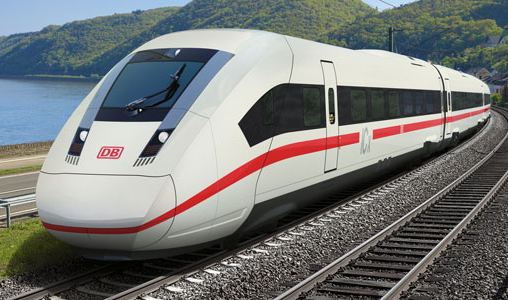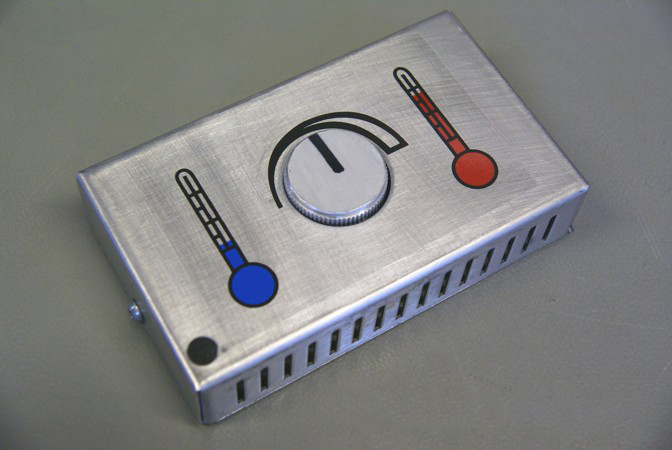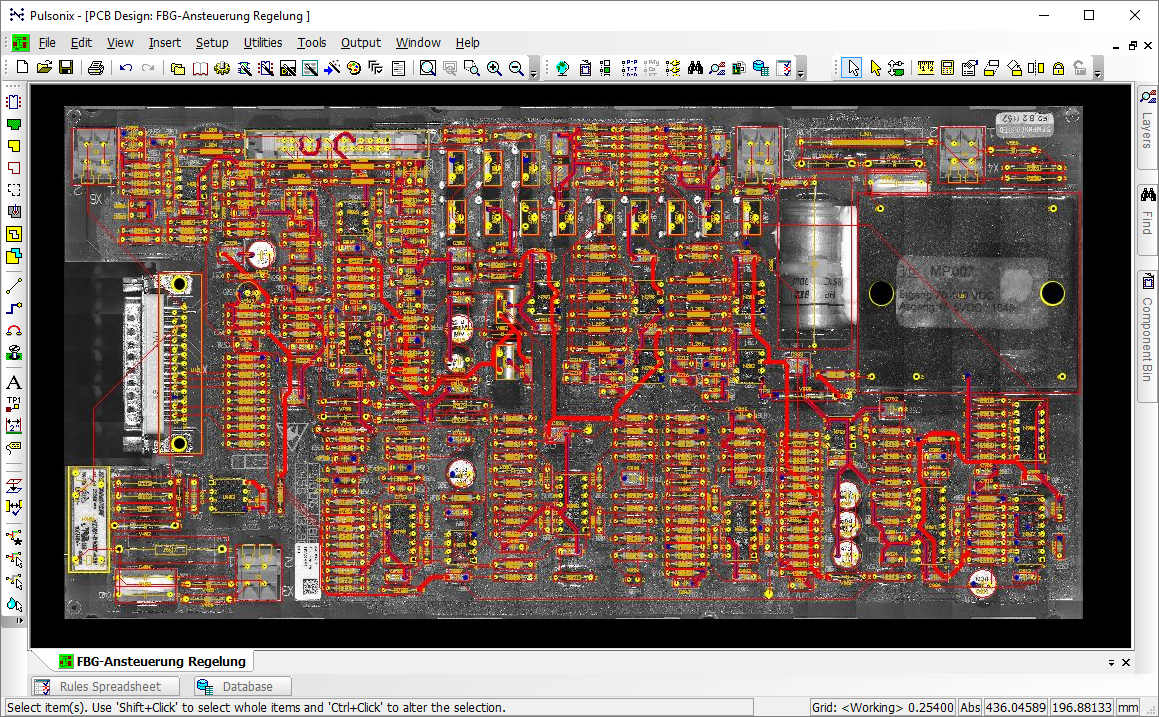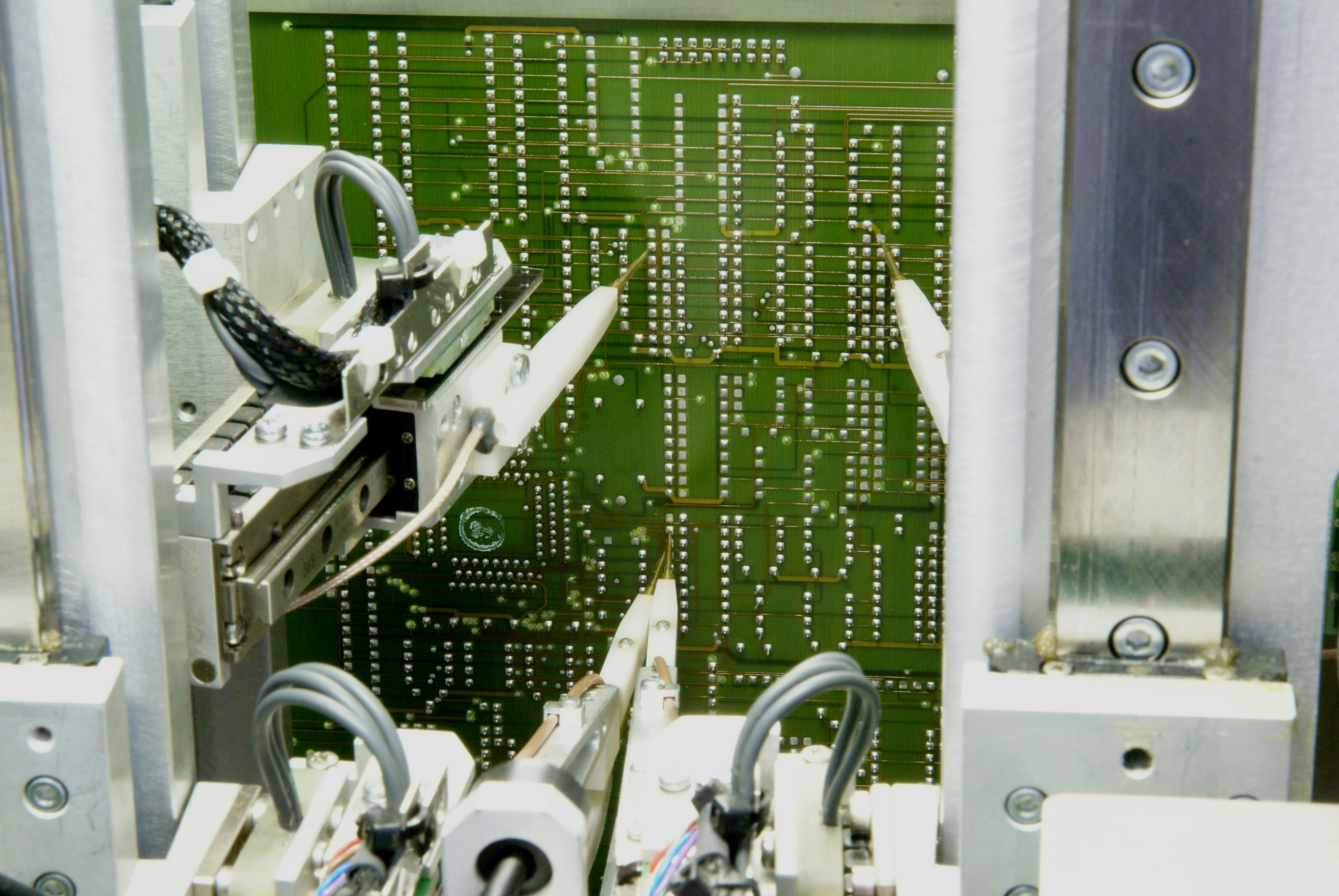Testimonials
What our customers say about us

Elektronikinstandsetzung (Electronic Repairs & Maintenance)
The Elektronikinstandsetzung (EZW) is part of the DB Fahrzeuginstandhaltung in the Deuche Bahnn AG Group.
Based in Munich, the EZW repair many electronic control products for rail equipment and vehicles; such as door controls, minimum voltage rails, compact controllers, climate controllers, measurement amplifier, DC/DC converters, emergency braking systems and power supplies.
 120 employees spend around 155,000 manufacturing hours carrying out more than 48,000 maintenance projects. Projects include inspection, checking, disassemble, cleaning and repair of the modules.
120 employees spend around 155,000 manufacturing hours carrying out more than 48,000 maintenance projects. Projects include inspection, checking, disassemble, cleaning and repair of the modules.
With more than 2,000 different components and 12,000 maintenance parts a year, the material identification and procurement, together with a good obsolescence management, is vital. The EZW offers its services not only internally, but also for external customers.
The Task
 At DB, modern material is rolling side-by-side with wagons from the 80’s. Failure in an electronic module in one of these wagons is a big problem; replacements are often no longer available, or the externally purchased material to repair or rebuild the module. Furthermore, for judicial, legal or economic reasons, boards cannot be developed as a new item.
At DB, modern material is rolling side-by-side with wagons from the 80’s. Failure in an electronic module in one of these wagons is a big problem; replacements are often no longer available, or the externally purchased material to repair or rebuild the module. Furthermore, for judicial, legal or economic reasons, boards cannot be developed as a new item.
To attempt to repair or replace these modules on an economical basis, a new process was required, one which captured the all-important features of the PCB to make it available electronically.
Pulsonix
EZW approached Pulsonix because they had learned about its re-engineering capability and wanted to evaluate how the software supported the planned process. During meetings, some of which were accompanied by Bob Williams, co-founder and Technical Director of WestDev Ltd., a specification sheet was created to identify new and customisation of existing features required for the DB process.
The Solution
To capture the PCB, a golden board is used. The process for examination has to be non-destructive.
 In a first step a very accurate picture or photograph of the PCB is taken. This picture is imported into the Pulsonix PCB layout editor. Components used in the board can be placed in their relative positions as the picture is an accurate 1:1 ratio. The result is a PCB design file, which contains the components with their pad positions.
In a first step a very accurate picture or photograph of the PCB is taken. This picture is imported into the Pulsonix PCB layout editor. Components used in the board can be placed in their relative positions as the picture is an accurate 1:1 ratio. The result is a PCB design file, which contains the components with their pad positions.
Using a custom program developed for Pulsonix, these pad positions are read by the Seica flying probe test machine to identify and investigate the netlist.
Using a further portion of the custom program, the netlist information is saved by Seica and read back into the Pulsonix PCB program. This creates a digital image of the board, where any manual adjustments can be made.
 From the finalised PCB in Pulsonix, the Reverse Engineering feature can be used to create the Schematic Design resulting in a matching Schematic/PCB project. This new project is allowed to be modified under the rules of the certification.
From the finalised PCB in Pulsonix, the Reverse Engineering feature can be used to create the Schematic Design resulting in a matching Schematic/PCB project. This new project is allowed to be modified under the rules of the certification.
Using the manufacturing data exported from Pulsonix copies of the original boards can be manufactured. This effort is justified because a defective wagon is still worth some hundred thousands of Euros in value.
Experiences since installation
Peter Weinheimer (a Technician at DB AG) commented, “At the beginning of the process we had no idea how much work could be reduced. Due to the close collaboration with the local Pulsonix distributor, Tecnotron GmbH and the close support from Pulsonix, the maintenance process was effectively enhanced and we are now much more productive. Furthermore, the quick, professional and qualified support contributed to getting the optimum out of the Pulsonix tool“.
Peter WeinheimerAt the beginning of the process we had no idea how much work could be reduced. Due to the close collaboration with the local Pulsonix distributor, Tecnotron GmbH and the close support from Pulsonix, the maintenance process was effectively enhanced and we are now much more productive. Furthermore, the quick, professional and qualified support contributed to getting the optimum out of the Pulsonix tool.
Electronics Engineer, Deuche Bahnn AG Group
